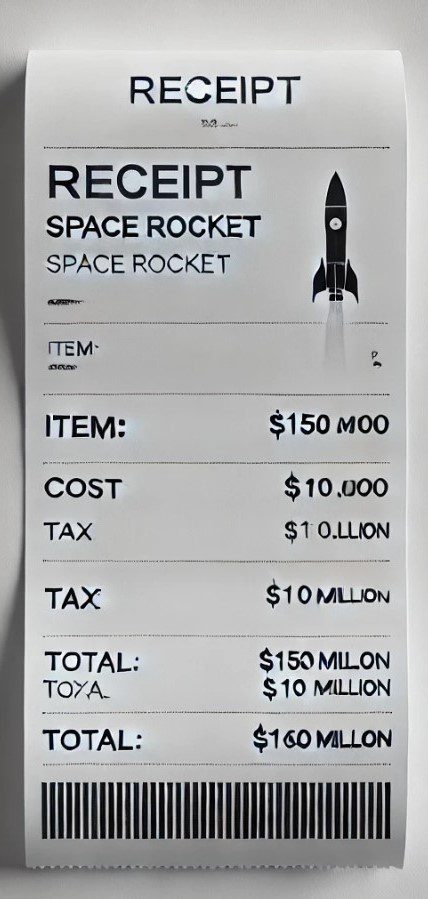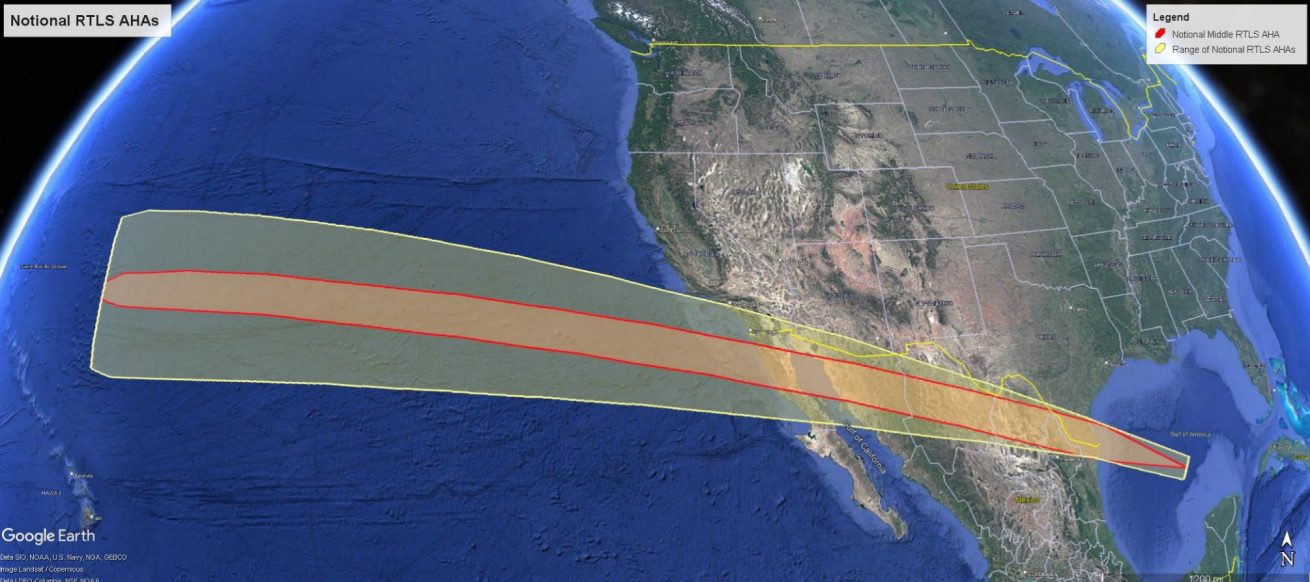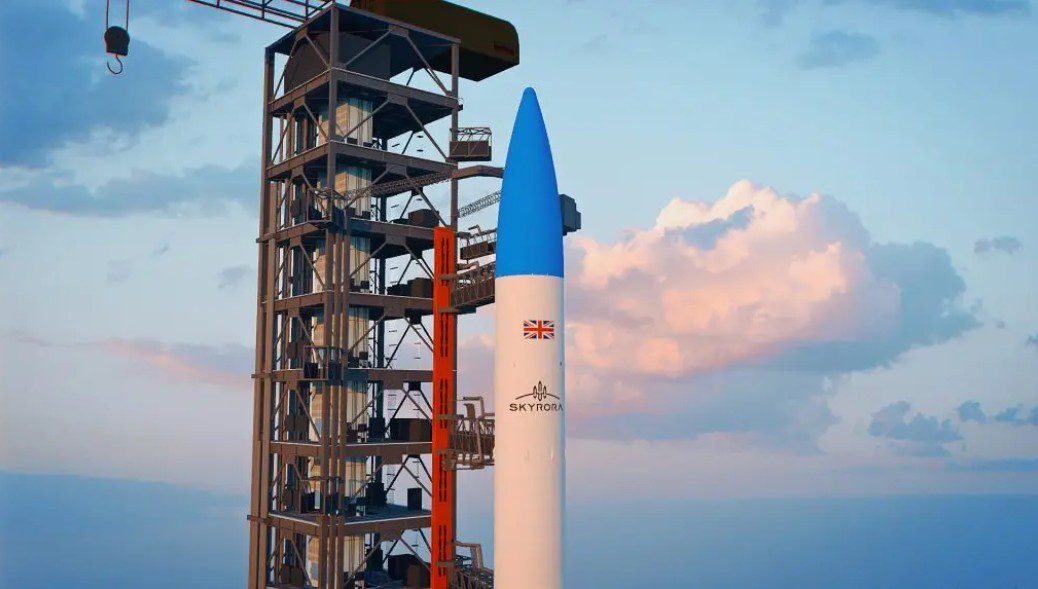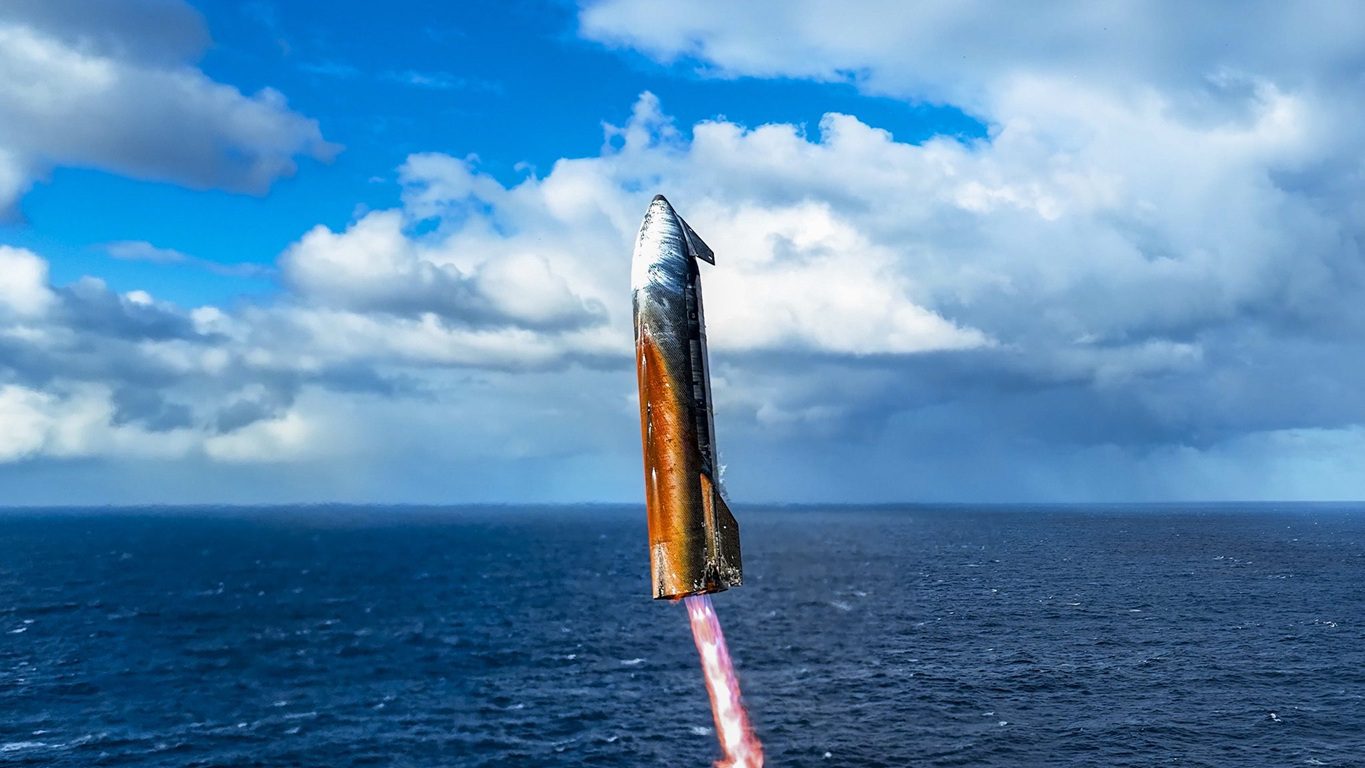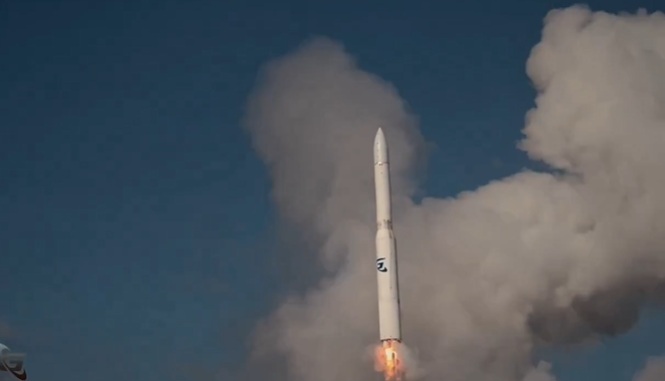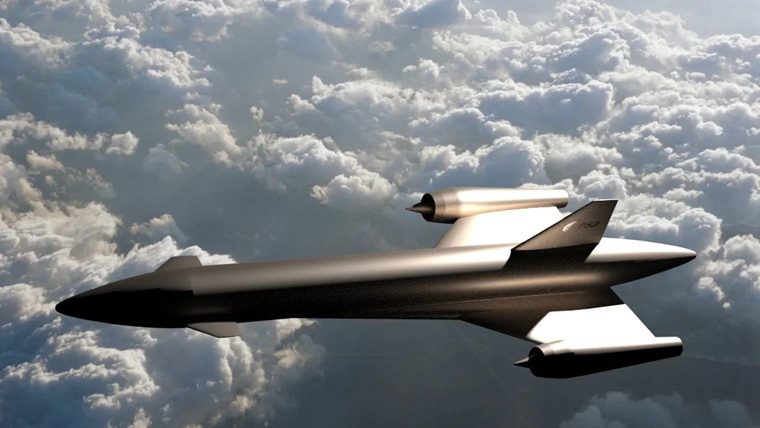In what was the second successful down-range, drone barge-landing of the type, after a one day delay due to storms, a Falcon 9FT-R first stage successfully safely touched down after its launch from Cape Canaveral, Florida, nearly nine minutes after its 0521 GMT launch on 6 May 2015. The flight’s main role was to launch the commercial communications satellite JCSAT-14, via a parking orbit, into a geosynchronous transfer orbit. This is successfully achieved.
After the second stage separated, thrusters at the top of the first stage rotated it into an engine first descent as it fell back to Earth on a ballistic trajectory hundreds of miles down range. Apart from roll, yaw and pitch control the thrusters also provide a small deceleration to collect the propellants at the feeding end of the tanks. Pop out grid fins are used for aerodynamic control while in the atmosphere before the final engine firing.
In being a “high energy” launch, the rocket stage was at the limit of its performance and had a faster re-entry. As a result, the SpaceX team decided to use a more rapid deceleration burn, this time using three engines instead of the more usual one. SpaceX founder and chief technical officer, Elon Musk explained in a Twitter posting that the faster deceleration method for landing was performed to try and reduce the gravity losses. In other words, the less time you have to thrust against gravity, the less fuel you need. The landing on “Of course I still Love You” drone ship occurred 8 minutes 40 seconds after lift off as planned.
Subequently, Elon Musk revealed that the stage suffered too much damage during its “hot” re-entry to be used again. This is thought to be indicative that it will be mainly for lower energy Falcon 9 LEO missions that re-usable stage landings may be most used.
JCSAT 14, which was built by SSL (formerly Space Systems/Loral) using its SSL-1300 bus design, will operate from 154 degrees West in the geostationary arc. The 4,700 kg spacecraft carries a communications payload of 26 C-band and 18 Ku-band transponders to provide services over Russia, Asia and the Pacific. The spacecraft will shortly be renamed JCSAT-2B as it replaces JCSAT-2A.

